Introduction: The Challenge of Sandy Soil
As the first warm days of spring awaken your garden, the urge to plant new trees becomes irresistible. However, if your garden’s soil is predominantly sandy, tree planting may be challenging. Sandy soils are known for their quick drainage and poor nutrient retention, making it difficult for trees to establish strong roots and thrive. But don't let this discourage you! With the right preparation and care, even sandy soils can become a hospitable home for your trees, ensuring they grow strong and healthy. This guide will walk you through the essential steps to prepare sandy soil for tree planting, focusing on the needs of specific trees like Acer Rubrum, Nyssa Sylvatica, and Camellia Setsugekka.
Understanding Sandy Soil
Before diving into the preparation tips, it’s important to understand the nature of sandy soil. Characterized by large particles, sandy soil feels gritty to the touch. It drains quickly, leading to drought stress in plants, as water and nutrients are not retained long enough for roots to absorb them. While this type of soil is often found in coastal regions and deserts, it can be present in any garden, posing unique challenges for tree planting.
Why Sandy Soil Needs Improvement
- Nutrient Deficiency: Sandy soil lacks essential nutrients due to its inability to retain organic matter.
- Poor Water Retention: Water drains too quickly through sandy soil, depriving trees of the necessary moisture.
- Root Establishment Issues: Trees struggle to establish deep roots in sandy soil, making them more susceptible to wind damage and drought.
Steps to Improve Sandy Soil for Tree Health
1. Incorporate Organic Matter
Adding organic matter is the single most effective way to improve sandy soil. Organic materials like compost, aged manure, leaf mold, or well-rotted wood chips can help increase the soil's ability to retain moisture and nutrients.
- Compost: Rich in nutrients, compost improves soil structure and boosts microbial activity, which is essential for healthy root development.
- Aged Manure: Manure, especially when aged, adds valuable nutrients to the soil, helping trees like Acer Rubrum thrive.
- Leaf Mold: Leaf mold improves water retention and provides a steady supply of nutrients as it breaks down.
- Wood Chips: Wood chips enhance soil texture and provide long-term nutrient release as they decompose.
2. Add Soil Amendments
Soil amendments like clay, biochar, or vermiculite can be mixed into sandy soil to improve its structure and nutrient-holding capacity.
- Clay: Adding clay to sandy soil helps bind the large particles, improving water and nutrient retention. Trees like Nyssa Sylvatica benefit greatly from the improved moisture levels.
- Biochar: Biochar is a form of charcoal that enhances soil fertility and water retention. It’s particularly beneficial in sandy soils that struggle to hold onto nutrients.
- Vermiculite: When heated, vermiculite expands, creating small pockets that hold water and nutrients, making it an excellent addition to sandy soils.
3. Mulch Generously
Mulching around the base of your trees provides numerous benefits, particularly in sandy soils. Mulch acts as an insulating layer, reducing water evaporation and stabilizing soil temperature. It also breaks down over time, adding organic matter to the soil.
- Mulching with Wood Chips or Straw: These materials decompose slowly, providing a long-lasting source of organic matter.
- Depth and Spread: Apply a 2-4 inch mulch around the tree's base, extending it to the drip line. This will help maintain moisture and reduce weed competition.
4. Utilize Slow-Release Fertilizers
Sandy soils can cause fertilizers to leach away quickly, leading to nutrient deficiencies. Slow-release fertilizers ensure that nutrients are gradually supplied to the tree over time.
- Granular Fertilizers: These provide a steady release of nutrients, supporting healthy growth in trees like Camellia Setsugekka.
- Organic Fertilizers: Organic options, such as fish emulsion or bone meal, are also effective in sandy soils. They release nutrients slowly as they break down.
5. Water Wisely
Since sandy soil drains quickly, watering your trees properly is crucial to ensure they receive enough moisture.
- Deep Watering: Water deeply and less frequently to encourage deep root growth. Shallow watering can lead to weak roots that cannot support the tree.
- Drip Irrigation: Drip irrigation systems are ideal for sandy soils. They deliver water directly to the root zone, minimizing waste and ensuring the tree gets the moisture it needs.
- Monitoring Soil Moisture: Regularly check the soil moisture level to ensure your trees receive adequate water, especially during dry spells.
Tree Recommendations for Sandy Soil
1. Acer Rubrum (Red Maple)
The Acer Rubrum, or Red Maple, is a versatile tree that adapts well to various soil types, including sandy soils, especially when properly amended.
- Mature Height: Up to 15 meters.
- Bloom Time: Early spring with striking red flowers.
- Leaf Appearance: Vibrant green leaves that turn red or orange in the fall.
- Care Tips: Requires consistent moisture and benefits greatly from organic matter and regular mulching.
2. Nyssa Sylvatica (Black Gum)
Nyssa Sylvatica, commonly known as Black Gum, is a native tree that thrives in various soil conditions, including well-prepared sandy soils.
- Mature Height: Up to 20 meters.
- Bloom Time: Late spring with inconspicuous flowers.
- Leaf Appearance: Glossy green leaves that turn brilliant shades of red, orange, and purple in the fall.
- Care Tips: Prefers moist, well-drained soil and benefits from deep watering and organic soil amendments.
3. Camellia Setsugekka
Camellia Setsugekka is a beautiful evergreen shrub or small tree known for its stunning white flowers and glossy green foliage.
- Mature Height: Up to 4 meters.
- Bloom Time: Autumn to winter, providing off-season color.
- Leaf Appearance: Glossy dark green leaves.
- Care Tips: Prefers slightly acidic, well-drained soil and benefits from regular mulching and organic matter addition.
FAQs
- Can I plant trees directly in sandy soil?
While trees can be planted in sandy soil, it's highly recommended that the soil be amended with organic matter and other soil improvements to ensure the trees' long-term health.
- How often should I water trees planted in sandy soil?
Trees in sandy soil typically require more frequent watering, but the focus should be on deep watering to encourage root growth. Monitoring soil moisture levels is key.
- What mulch is best for sandy soil?
Organic mulches like wood chips, straw, or compost work best in sandy soil, as they slowly break down, improving soil structure and moisture retention.
Conclusion
Preparing sandy soil for tree planting may require extra effort, but the results are well worth it. By incorporating organic matter, adding soil amendments, and practicing proper watering and mulching techniques, you can create a nurturing environment for trees like Acer Rubrum, Nyssa Sylvatica, and Camellia Setsugekka. These practices will ensure your trees survive and thrive, transforming your spring garden into a lush, vibrant sanctuary. Whether planting a small garden or planning a larger landscape, these tips will help you achieve beautiful, healthy trees that stand the test of time.

























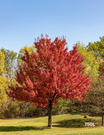


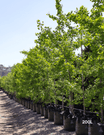




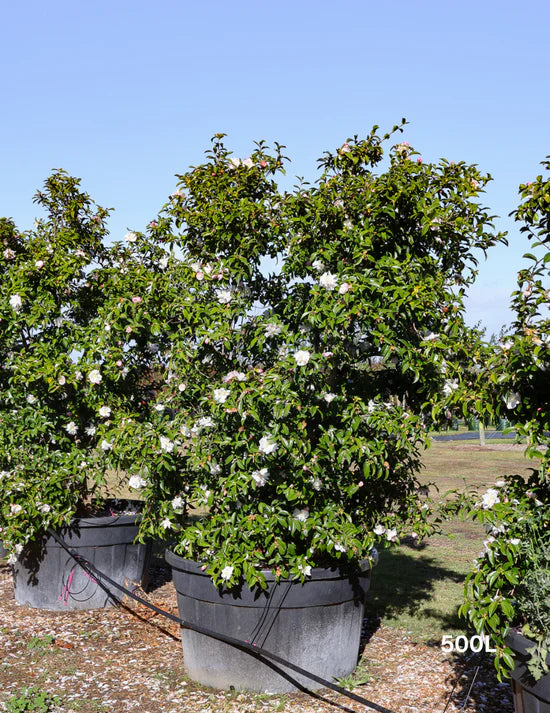




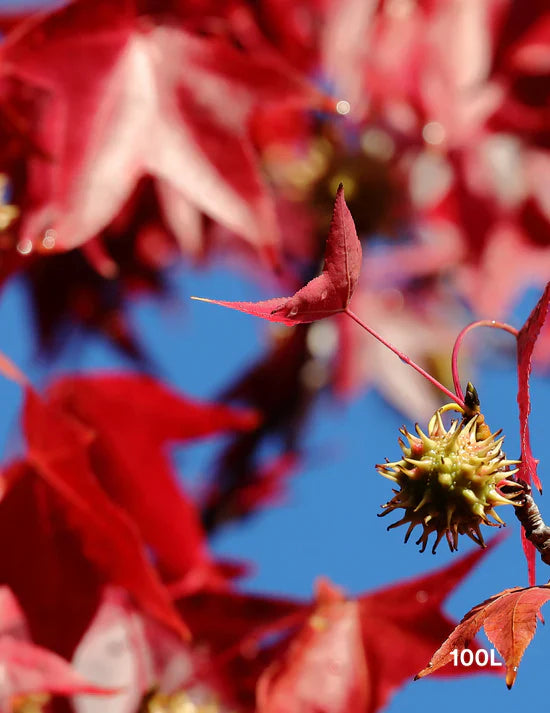


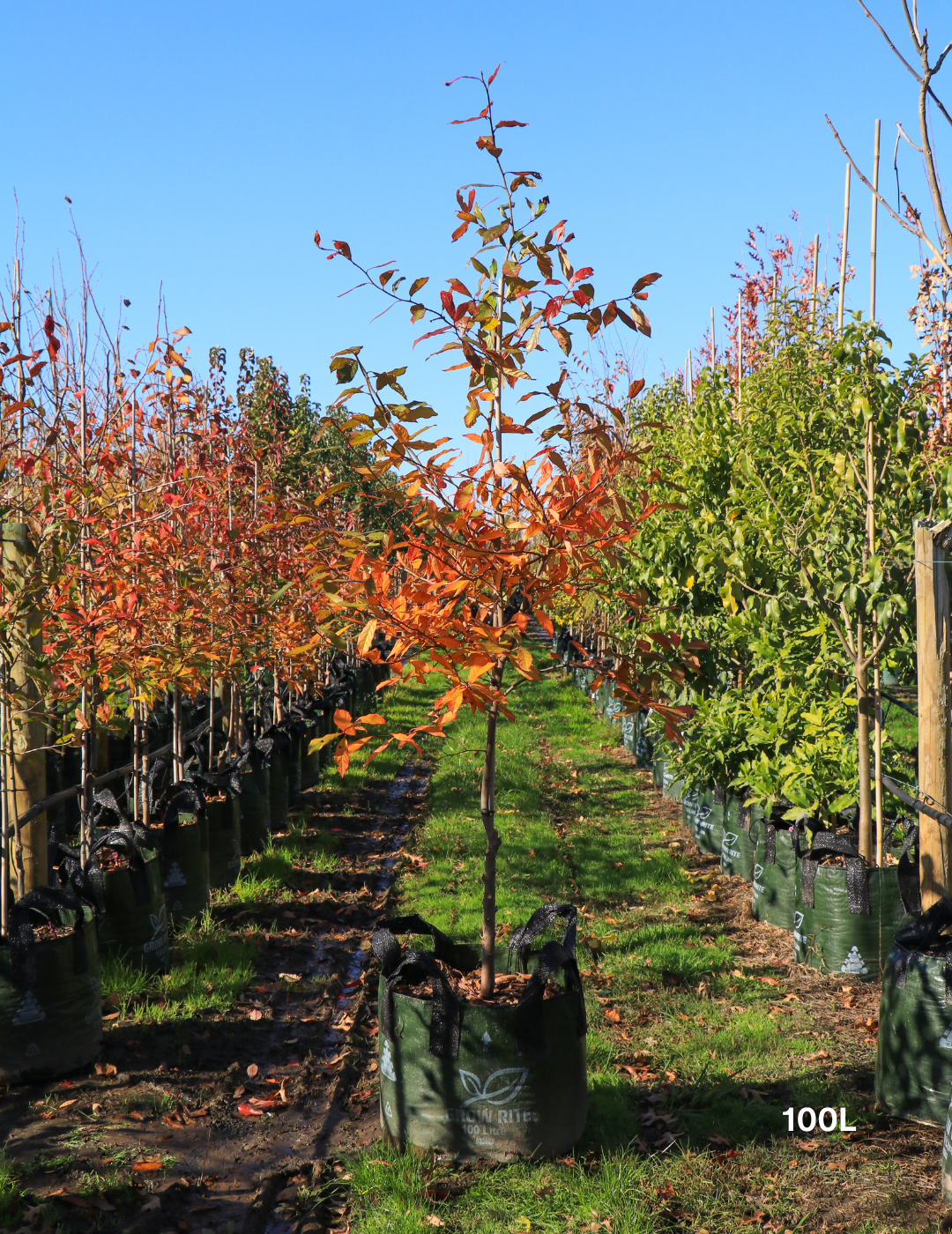


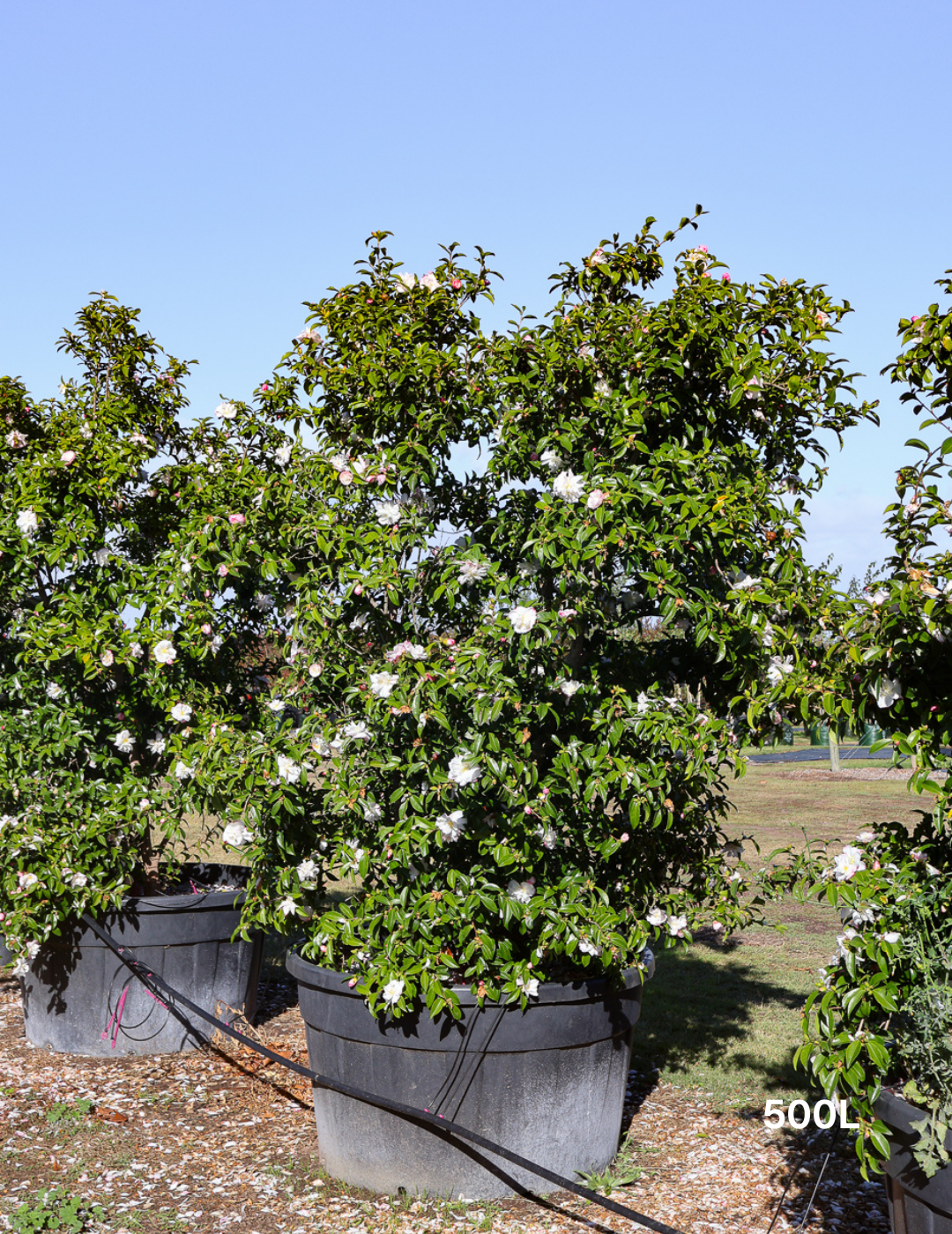

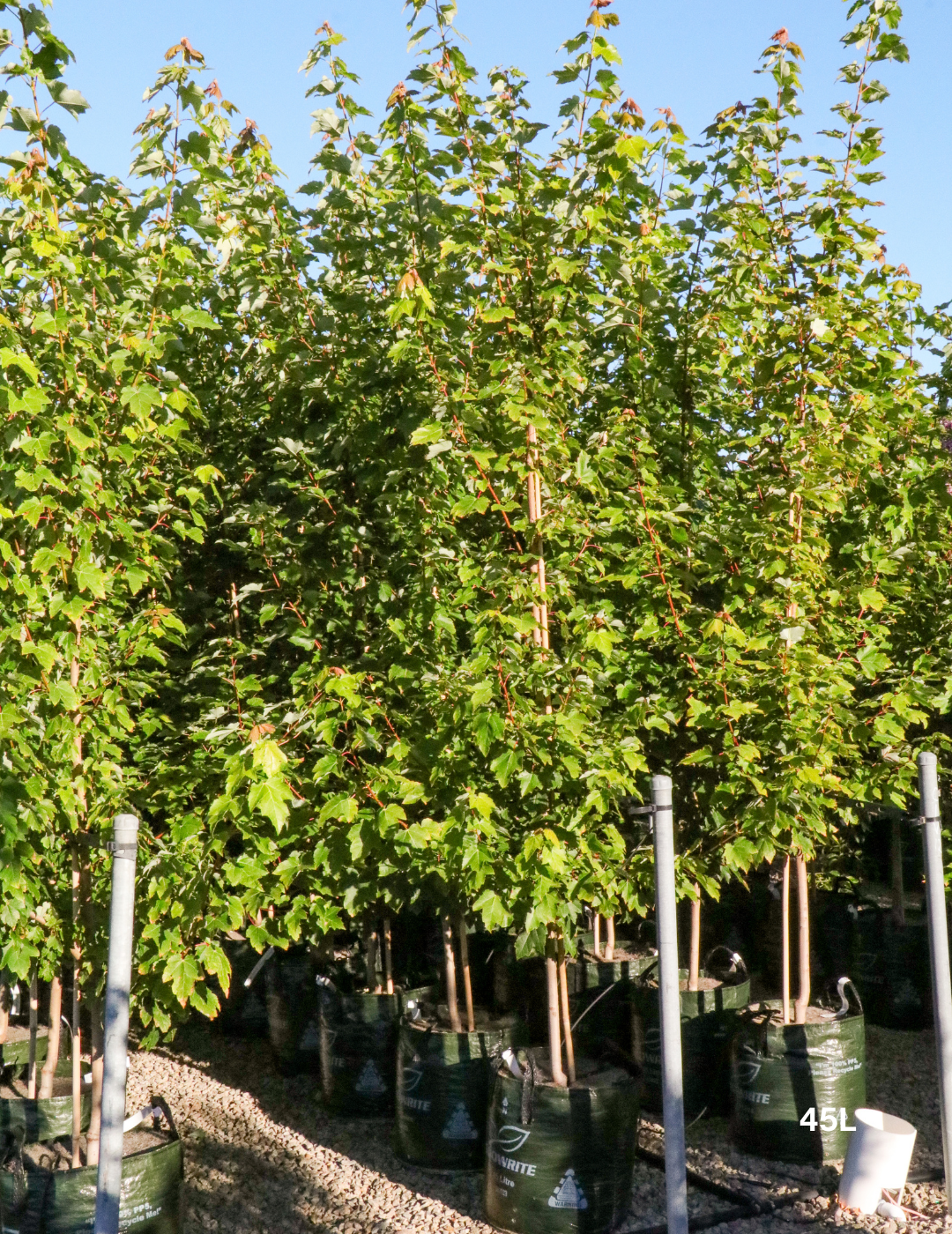
Leave a comment
This site is protected by hCaptcha and the hCaptcha Privacy Policy and Terms of Service apply.